Kim Woo-yeon Hanjeongsik (김우연한정식)
13.7Km 0 2024-02-16
15-12 Chungminrodeokunri-gil, Gammul-myeon, Goesan-gun, Chungcheongbuk-do
Indulge in a wholesome and traditional Korean meal featuring Goesan's celebrated corn. Corn is the star ingredient here, enhancing the flavors of each dish with its sweetness. The highlight of the menu is the Grilled Corn and Galbi Patties Set Menu, where generous servings of corn kernels are combined with succulent galbi patties—finely minced pork or beef shaped into meatballs and grilled to perfection. Corn also plays a versatile role, infusing a natural sweetness into a variety of dishes, including porridge, salad, rice, and pancakes. Each dish is handcrafted with care, eschewing artificial sweeteners or seasoning, to bring you an authentic taste of Korean cuisine. Please note that the Grilled Corn and Galbi Patties Set Menu is available for groups of two or more, and reservations are required to savor this signature experience.
Chojeongyaksu Mineral Spring (초정약수)
14.1Km 23403 2022-07-29
Chojeong-ri, Cheongwon-gu, Cheongju-si, Chungcheongbuk-do
+82-43-201-2042
Located approximately 16 kilometers northeast of Cheongju City, Chojeongyaksu Mineral Spring is acknowledged as one of the three major mineral springs in the world. Chojeong Mineral Spring was discovered around 600 years ago and became nationally known ever since as the source of naturally carbonated water that has a piquant and cool taste. It is said that King Sejong (1397-1450, reign 1418-1450) visited the springs in 1444 and stayed here for 60 days to treat an eye infection. The daily yield of carbonated water here is 458 tons, which is used for producing natural soda drinks. There are presently two mineral water plant facilities in the area. The healing effects of Chojeongyaksu Mineral Spring are presumed to come from the abundant radium contained in the water, which is effective in treating eye infections and skin ailments.
Chojeong Haenggung [Korea Quality] / 초정행궁 [한국관광 품질인증]
14.1Km 9 2023-10-27
851 , Chojeongyaksu-ro, Cheongwon-gu, Cheongju-si, Chungcheongbuk-do
+82-43-270-7332
Chojeong Haenggung is a hanok stay and hanok experience center in Chojeong Culture Park, Cheongju, Chungcheongbuk-do. The house has a historic royal connection, as King Sejong stayed here for some months in 1444 while being treated for an eye problem. There are 12 guestrooms, all with an underfloor-heated ondol room and either a daecheongmaru (large wood-floored hall) or a numaru (raised wooden floor space). All rooms have a bathroom and toilet. Cooking is not possible, but there’s a microwave oven and kettle for preparation of instant meals. There are discounts for Cheongju residents.
Seonyudonggyegok Valley (선유구곡(선유동계곡))
14.9Km 7583 2021-07-29
179, Seonyudong-gil, Goesan-gun, Chungcheongbuk-do
+82-43-832-4347
Seonyudonggyegok Valley is located in Goesan-gun, Chungcheongbuk-do Province. Including Seonyudongmun, the playground for the mountain gods, a total of nine valleys form the area: Gyeongcheonbyeok, Haksoam, Yeondallo, Waryongpok, Nangadae, Gigugam, Guam, and Eunseonam.
Seonnyudonggyegok Valley is famous for the legend that mountain gods came to savor fresh mountain spring water. A renowned geographical account, Taekriji, published in 1751, stated that Seonyudonggyegok Valley boasted some of the best scenery. One of the most eminent Confucian scholars of the Joseon dynasty, Lee Hwang spent nine months in this beautiful valley. He gave names to all his favorite places, which still remain to this day.
Ssanggok Valley (쌍곡구곡)
15.3Km 6035 2022-08-31
242, Ssanggok-ro, Chilseong-myeon, Goesan-gun, Chungcheongbuk-do
+82-43-542-5267
Ssanggok Valley, which is located in Chilseong-myeon, Goesan-gun, is 10.5km long stretching from Ssanggok village to Jesurijae.
The valley is surrounded by Bobaesan Mountain, Gunjasan Mountain and Bihaksan Mountain and clear water flows all year down the walls of a series of unique rock formations.
Thanks to its scenic beauty, many Confucian scholars used to visit here to enjoy literature and nature.
Ssanggok Valley is composed of nine valleys and each has its own unique atmosphere.
The first valley, Holongso, flows into a swamp area with many old pine trees nearby creating a picturesque view. The second valley is called Sogeumgang and it is said that its appearance changes with every season. Tteokbawi (rice cake rock) Valley gets its name from the shape it takes on, which is like a sliced rice cake. Similar to the first valley, Munsuam Valley, the fourth valley also has water flowing over uniquely shaped rocks with many old pine trees and flora. The fifth valley has quite a view of parallel rocks on both sides, while the sixth valley offers magnificent vistas of water flowing into a pool formed by the rocks. The water cascading down a huge boulder is said to look like the pleats of a woman’s skirt unfolding at the seventh valley. The eighth valley gathers water into a pond shape from the waterfall; legend says that fairies bathe here. The ninth valley is wide and refreshingly cool even during the hottest summer months.
Haeseong (해성)
16.2Km 21199 2024-03-25
1603 Chungcheong-daero, Jeungpyeong-eup, Jeungpyeong-gun, Chungcheongbuk-do
043-838-3939
Haeseong specializes in Korean beef, gaining acclaim for its grilled galbi. The restaurant sources its premium beef exclusively from Goesan and Jeungpyeong, known for their unspoiled environments. This ensures patrons can savor the distinct flavors of each beef cut. The signature dish is the tender and chewy kkotgalbisal (grilled boneless galbi). Another favorite is the Sohanmari (assorted beef cuts), which includes a variety of cuts such as sirloin, strip loin, beef brisket, and thin flank. Being directly managed by the National Agricultural Cooperative Federation, Haeseong offers these high-quality dishes at reasonable prices.
Midongsan Arboretum (미동산수목원)
17.1Km 44652 2014-10-13
51, Sumogwon-gil, Miwon-myeon, Sangdang-gu, Cheongju-si, Chungcheongbuk-do
+82-43-220-6101
Opened on May 4, 2001, Midongsan Arboretum in Cheongju, Chungcheongbuk-do is a provincial arboretum, built to develop and propagate forestry techniques and found ecological education environments.
Covering an area of 3,114,049.60㎡ (942,000 pyeong), the arboretum houses almost 873 species of plants and 652,000 plants in 11 exhibition halls including an Oak tree hall, a Maple tree hall, and a genetics hall, which presents plant genetic resources like Jeongipumsong hugyemok (succession of pine tree).
In addition to the 11 themed arboretum halls, Midongsan Arboretum also has a forestry educational hall, plant seed bank, research center for wild plants, nature experience camp, and more.
Blackstone Belle Foret Resort (증평 에듀팜(블랙스톤 벨포레 리조트))
17.1Km 0 2024-06-18
346 Belleforet-gil, Doan-myeon, Jeungpyeong-gun, Chungcheongbuk-do
Belle Foret, French for "beautiful forest," is located in a pristine natural environment in the center of the nation, making it easily accessible from all locations. The resort offers a variety of leisure activities, including golfing, a luge track, marina club, and farm where children can enjoy animals up close.
Eumseong Pumba Festival (음성품바축제)
19.0Km 14245 2024-04-11
28 Seolseonggongwon-gil, Eumseong-gun, Chungcheongbuk-do
+82-43-871-3402
Pumba was the word repeated in the songs of street singers, especially when Korea was once impoverished. They strolled around marketplaces or villages seeking food, money, or anything they could get. Pumba doesn’t have a specific meaning but is a language mechanism for keeping a rhythm. These days, the word pumba generally refers to gakseori, a type of performance by performers who do not beg for food or money, but simply sing at events or festivals for entertainment. The Pumba Festival is held in Eumseong every year to celebrate this important part of Korea's modern history.
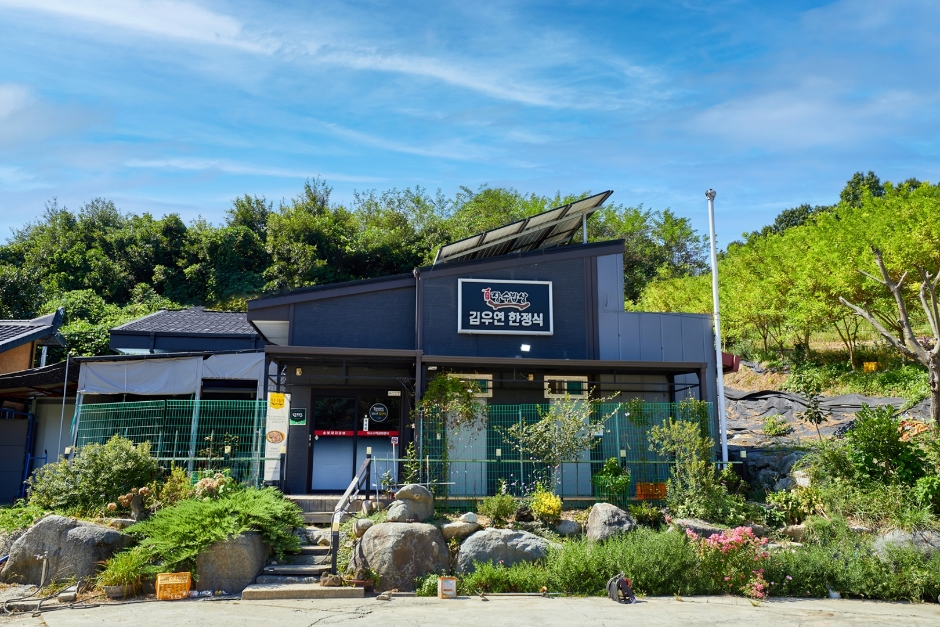
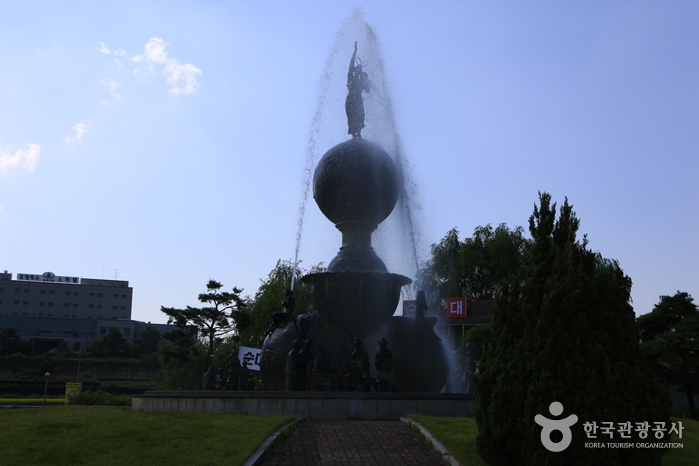
![Chojeong Haenggung [Korea Quality] / 초정행궁 [한국관광 품질인증]](http://tong.visitkorea.or.kr/cms/resource/20/3021620_image2_1.jpg)
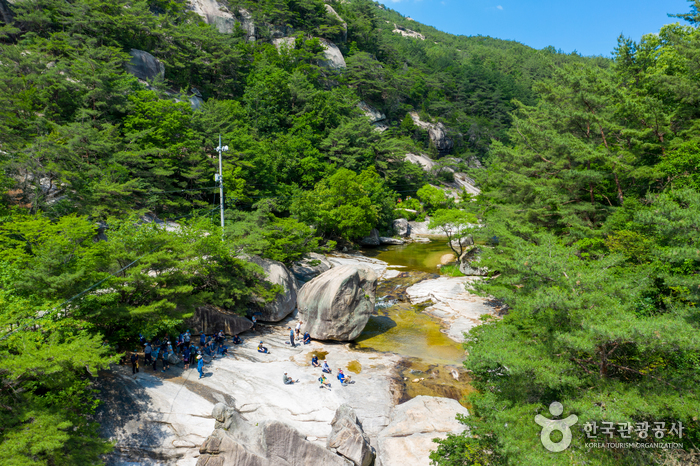
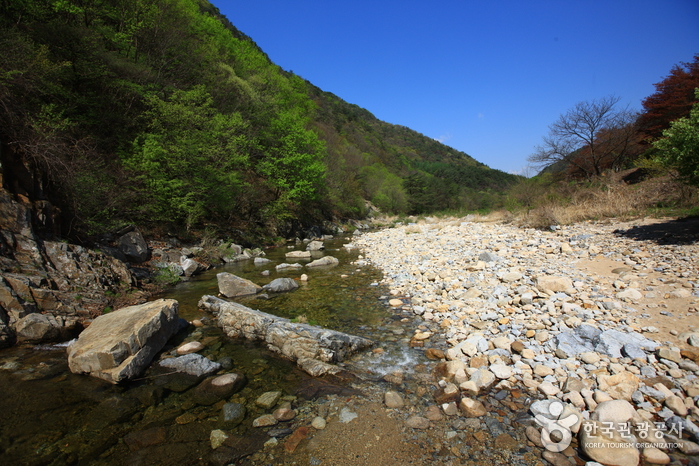
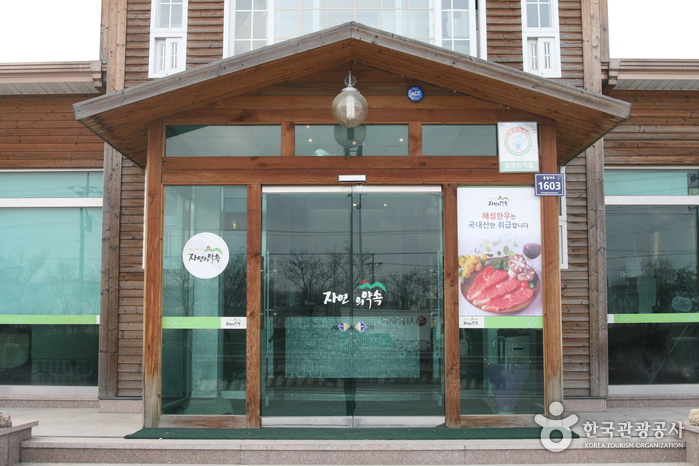
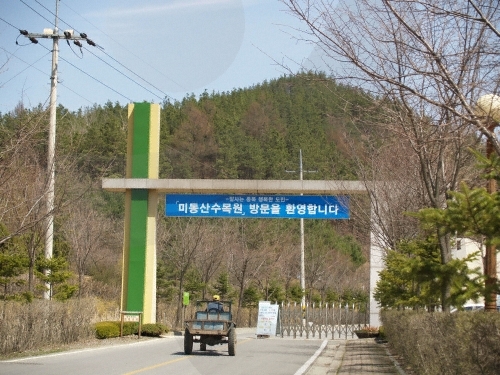
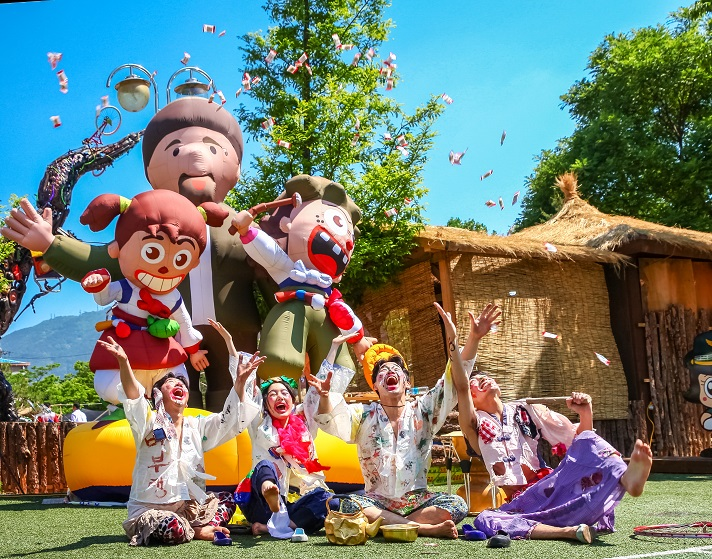
 English
English
 한국어
한국어 日本語
日本語 中文(简体)
中文(简体) Deutsch
Deutsch Français
Français Español
Español Русский
Русский